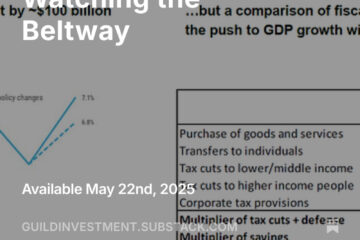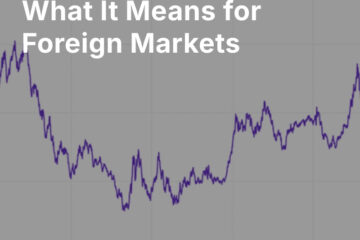Reading time: 3 minutes
Emerging markets, like the rest of global stock markets, have enjoyed a torrid rise since the pandemic bottom just over a year ago. That rise was reinvigorated in late October and early November as word filtered into markets that covid vaccines had proven effective in accelerated early-stage trials and would soon be approved for emergency use and put into production and distribution. Developed-world investors often increase their enthusiasm for emerging markets at the same time that they move into cyclical stocks that will benefit in the earlier stages of an economic upturn, because emerging market economies are largely “commodity” economies in the broadest sense. They are weighted heavily towards literal commodity production and the production of low-value-added industrial goods at scale, rather than home to cutting edge innovation. (And even in cases where they do host cutting-edge companies, the relative unreliability of their governments’ commitment to free markets and the rule of law curtails the stock-market valuation that their innovators can receive).
Rising Interest Rates
However, rising interest rates in the developed world — and particularly, in the U.S. — are a fly in the ointment for emerging markets. Emerging-market governments, economies, and currencies, as noted above, tend to be more unstable and unreliable than their developed world counterparts — with Argentina and Turkey being current examples of countries where unreliable governments are causing economic chaos. Hence, they must pay a premium to borrow money, particularly in their local currency, where there is a higher perceived risk of devaluation. That premium shrinks if they borrow in developed-world currencies, so many borrow in U.S. dollars. Emerging-market companies are also concentrated in relatively highly leveraged, cyclical industries in which large capital expenditures, and significant borrowing, are necessary at certain points in the economic cycle. (As we note below, some emerging markets differ from this model to greater or lesser degrees, because of unique characteristics — particularly India.)
Therefore, as developed-world interest rates rise, emerging market economies and companies are under pressure for a variety of reasons. Incrementally, developed-world investors will sell emerging-market assets with a yield, as the safer yield they can obtain in developed markets rises. Emerging market governments and countries will find meeting their financing needs more stressful and expensive, and that will challenge economic policy and the ability of businesses to secure capital funding. All of this will reduce developed-world appetite for emerging-market equities.
Finally, of course, for developed-world investors, currency valuations must always be taken into account as a primary variable. The dollar, which had been declining until a few weeks ago, has been rising against emerging-market currencies — and will likely continue to do so as the 10-year U.S. Treasury rate continues to rise towards the ~3% level we believe it could reach by year end.
Investment implications: Under the circumstances noted above, we do not favor emerging markets at this time. India is an exception, because India is home to so many dynamic technology companies, and because it is still in the midst of the significant pro-business transition away from its old Fabian Socialist past. Although China is still formally classified as an emerging market, it is geopolitically and economically distinct, with many highly developed and many less developed cities, regions, and industries. We do not favor China currently because of tightening being engineered by the central government, as well as because of ongoing geopolitical issues.


